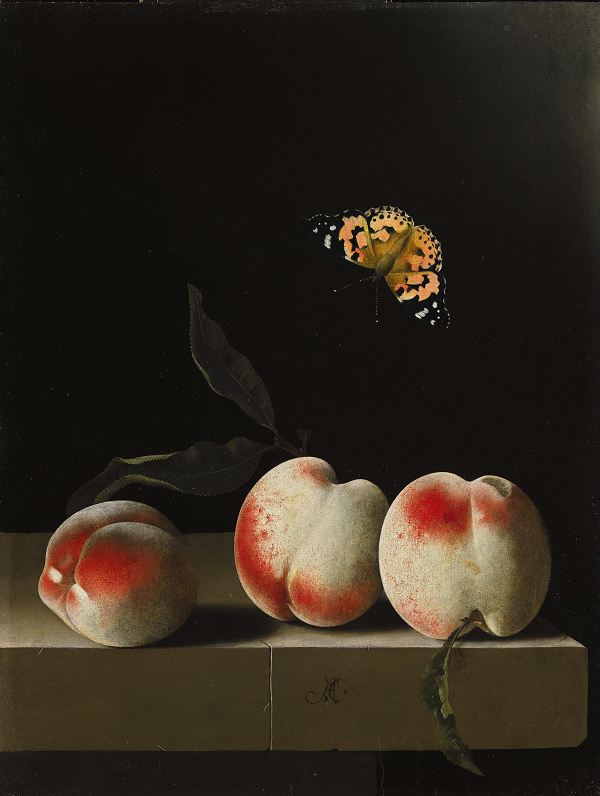
Courtesy of Sotheby's.
When people think of German art restitution cases, Nazi loot is usually what comes to mind. Rare are those who think of the many cases of G.D.R. art seizures.
Yet the feared East German secret police, known as the Stasi, confiscated over 200,000 artworks between 1973 and 1989, reported the New York Times. According to a 1993 report by a German investigative committee on looted art in East Germany, more than 200 people had been blackmailed or arrested on fabricated charges so that their collections could be seized (see “New Hope for Victims of GDR Looting”).
Indeed, a sophisticated framework was set up by the G.D.R. government, which sold looted artworks to western dealers in exchange for western currency in an attempt to replenish the depleted state coffers.
In a recent case, Konrad Meissner attempted to reclaim Still Life With Chestnuts (1705) by the Dutch painter Adriaen Coorte. He claims the painting was stolen when the Stasi seized his father’s 2,000 piece-strong art collection from the family’s Dresden home in 1982, under the pretext of unpaid back taxes.
“People like the Meissners were seen as plums ripe for picking,” Meissner’s lawyer, Ulf Bischof, told the New York Times.
Contested Restitution Claims
Whereas in Germany most G.D.R. looted artworks are restituted outside the courtroom, the New York based Weldon family that currently owns the Coorte painting is contesting the restitution claims, and the case has gone legal.
After tracking down the painting, Bischof sent a letter to the Weldon family detailing the painting’s Stasi provenance. When the parties failed to reach an agreement, Weldon’s lawyer approached the Munich court to settle the dispute.
The late June D. Weldon filed an appeal in August, claiming the seizure “was done under the color of law as a tax forfeiture proceeding,” Weldon’s lawyer, Anthony J. Constantini, said on behalf of his client.
With little precedent to go on, the case illustrates the struggle faced by the rightful heirs of the many whose art was seized under Soviet rule.
Yet Bischof says his client remains hopeful that “we can resolve this matter amicably and in an atmosphere of mutual trust and can avoid a bitter and lengthy dispute.”